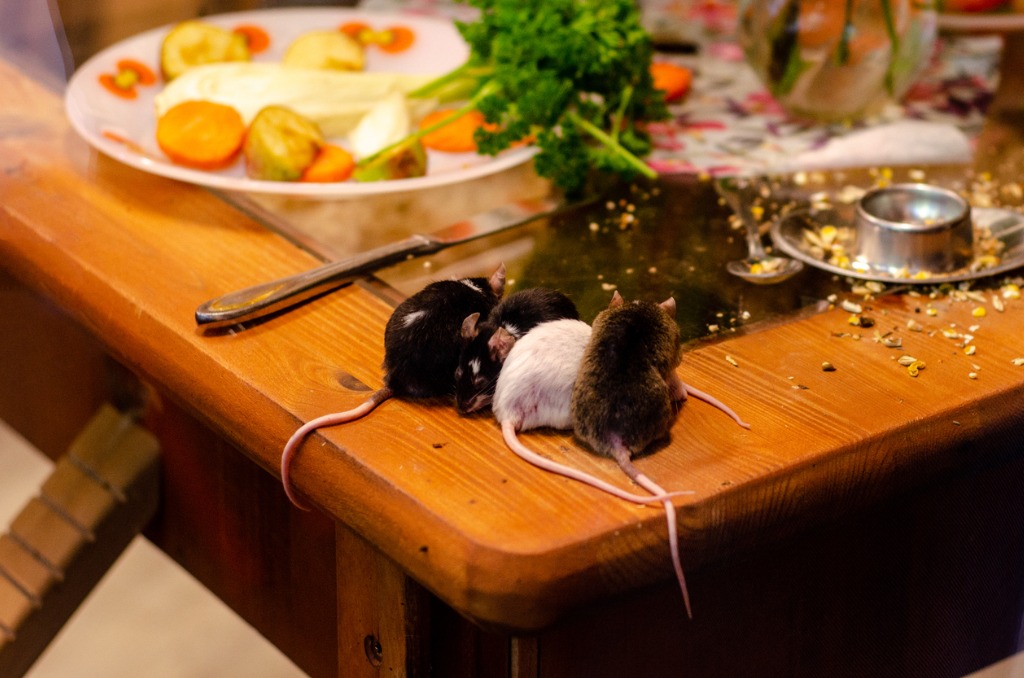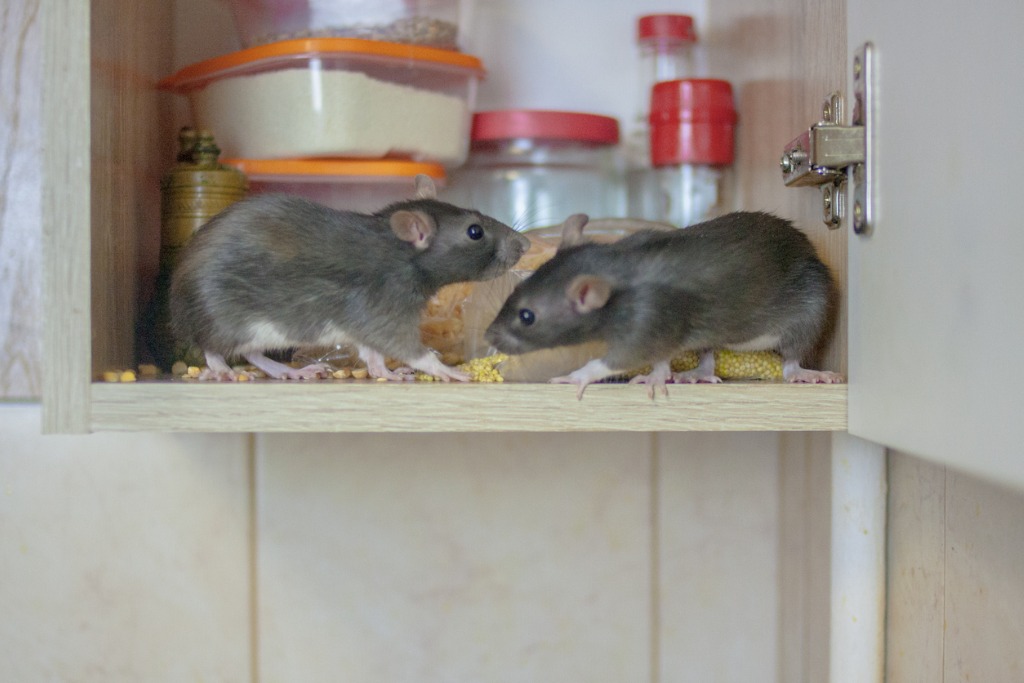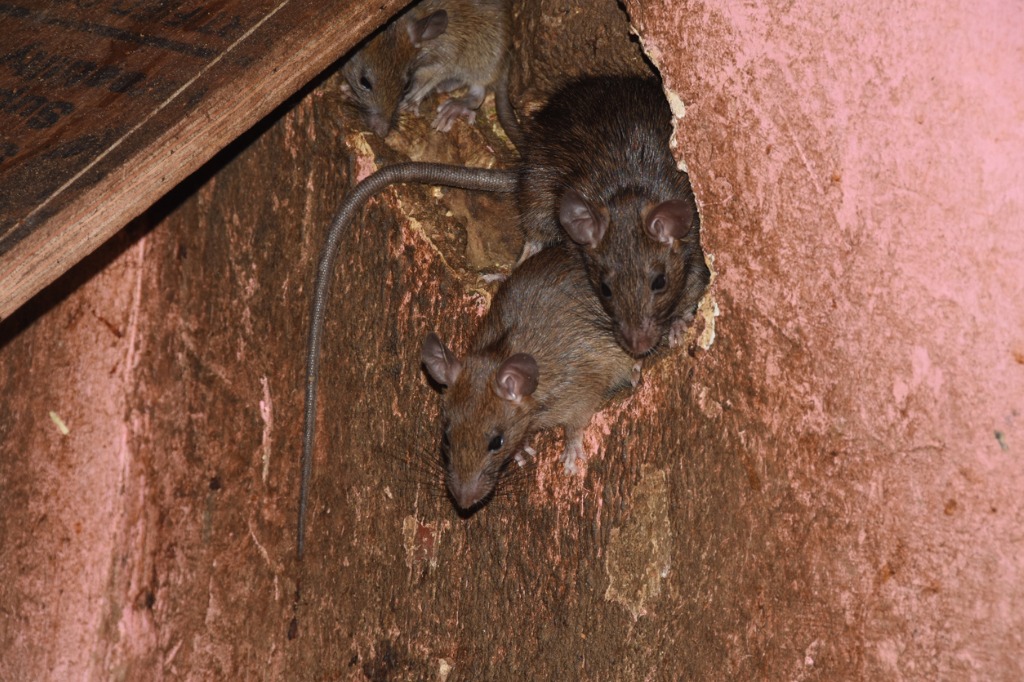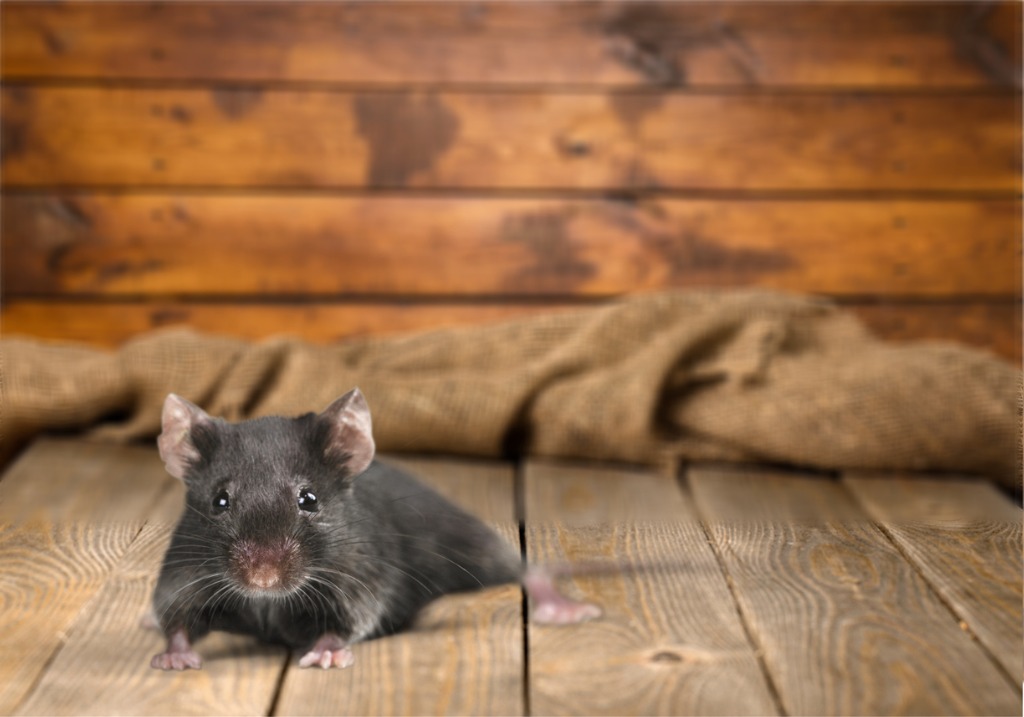Mouse and rat infestations can quickly become a concerning issue for homeowners. These unwelcome pests not only pose risks to our health but also to the integrity of our properties. The scurrying sounds in the walls, chewed wires, and droppings they leave behind are all telltale signs of an infestation that should not be ignored. Swift action is paramount, as these rodents can multiply rapidly, leading to further damage and potential health hazards.
In this guide, we’ll delve into effective strategies for dealing with mouse and rat infestations, helping you regain control of your home and safeguarding both your well-being and your property.
Key takeaways
- Mouse and rat infestations can lead to health risks and property damage. Swift action is crucial.
- Mice and rats are drawn to homes for food, water, and shelter. Their presence can lead to diseases, damage, and fire hazards.
- Rodents' attraction to homes is due to available resources and warmth, not intentional pest behavior.
- Early detection is vital; signs of infestation include droppings, gnaw marks, and unusual odors. Immediate action is recommended.
- Preventive measures include sealing entry points, proper food storage, maintaining cleanliness, and trimming vegetation.
- Natural deterrents and professional extermination are effective removal methods.
- Regular inspections and year-round vigilance are key to preventing infestations.
- A proactive approach ensures a safe, healthy, and rodent-free home environment.
Why do mice and rats often infest homes?

Mice and rats are pretty resourceful critters. They’re always on the lookout for food, water, and shelter, and unfortunately, our homes provide all of that for them. Keep our kitchens stocked with food, we have cozy nooks and crannies where they can hide, and there’s usually some water lying around too.
Plus, homes are usually warm and safe, especially during colder seasons. So, from a mouse or rat’s perspective, it’s like finding a paradise where all their needs are met. It’s not that they’re trying to be pests on purpose; they’re just doing what they do to survive.
But of course, that doesn’t mean we want them setting up camp in our homes, right?
What are the risks of mouse and rat infestations?

There are some serious risks and issues that come along with these unwelcome guests.
Health Hazards:
- Diseases: Mice and rats can carry various diseases like Hantavirus, Salmonella, and Leptospirosis, which can be transmitted through their droppings, urine, and bites.
- Allergies: Their droppings, urine, and fur can trigger allergies and respiratory issues in sensitive individuals.
Property Damage:
- Chewing: Rodents love to chew on things to keep their teeth from growing too long. This can lead to damage to electrical wiring, insulation, pipes, and even wooden structures.
- Contamination: They can contaminate food and surfaces with their droppings, urine, and hair.
Fire Hazards:
- Electrical Wires: Chewed electrical wires can cause short circuits and even fires, posing a serious safety risk.
Reproduction Speed:
- Rapid Breeding: Mice and rats reproduce quickly, so a small infestation can turn into a big problem in a short time.
Bad Odors:
- Urine and Droppings: Accumulated urine and droppings can create unpleasant and persistent odors throughout the house.
Structural Damage:
- Burrowing: Rats, especially, are known to burrow into walls, foundations, and crawl spaces, potentially weakening the structure of your home.
Public Perception:
- Negative Impression: If your home has a rodent problem, it can create a negative impression on guests and potential buyers if you’re looking to sell.
Addressing these risks promptly is essential to prevent further damage and protect the health and safety of everyone in your home.
Understanding the Problem

Mice and rats are naturally drawn to our homes for a few reasons. First off, our homes have a lot of the things they need to survive: food, water, and cozy spots to hide. It’s like a buffet and a safe haven all in one for them.
But here’s the catch – while they’re getting comfortable, they’re also bringing in some not-so-great stuff. Their droppings and urine can spread diseases and allergies, and they have this annoying habit of chewing on everything, from wires to your home’s structure.
Imagine that, right? So, it’s not just about the occasional squeak in the night; there are these real health and safety risks we need to be aware of.
Signs of Infestation
Being able to spot the signs of a mouse or rat infestation early on is crucial. Keep an eye out for things like droppings around your home, especially in the kitchen or pantry, as well as gnaw marks on wires, furniture, or walls.
Unusual or musty odors could also indicate their presence. Early detection is key because these critters multiply quickly, and the longer they hang around, the more damage they can do. So, if you see any of these signs, it’s a good idea to take action right away to prevent the situation from getting worse.
Sealing Entry Points

When it comes to keeping mice and rats out of your home, sealing up any gaps and holes in the exterior is a big deal. These little critters can squeeze through even the tiniest openings, so it’s like giving them a welcome mat if there are cracks in your home’s defenses.
Walk around your house and look for gaps around pipes, vents, doors, and windows. Use sturdy materials like steel wool or caulk to seal these openings up tight.
By doing this, you’re essentially closing off their access points and making it a lot harder for them to sneak in and set up camp. It’s a bit of work upfront, but it goes a long way in keeping your home rodent-free.
Proper Food Storage
Keeping food in airtight containers is a smart move to avoid drawing in those pesky mice and rats. These critters have an incredible sense of smell, and if they catch a whiff of something tasty, they’ll find a way to get to it.
So, sealing up your pantry staples in airtight containers not only keeps your food fresh but also makes it much less appealing to rodents. Also, make sure to keep your pantry clean and organized, regularly disposing of any food debris.
It might seem like a small step, but it can make a big difference in keeping these unwanted visitors at bay.
Maintaining Cleanliness
Maintaining a clean living environment is a powerful way to prevent mouse and rat infestations. These critters are attracted to mess and leftovers, so by keeping things tidy, you’re essentially taking away their reasons to stick around.
Develop a routine of regular cleaning, focusing on areas like the kitchen where food crumbs can accumulate. Dispose of trash promptly in sealed bins, and make sure outdoor garbage areas are secure. Also, keep an eye out for any signs of droppings or chewed items – if you spot anything, take action right away to nip the problem in the bud.
A clean home not only keeps you comfortable but also sends a clear message to these rodents that they’re not welcome here.
Maintaining Cleanliness
Having a bunch of overgrown plants and shrubs close to your home can actually be like an open invitation for mice and rats. They love the cover and shelter that these dense areas provide – it’s like a cozy hideout for them.
To keep them from getting too comfortable, make sure to regularly trim back vegetation and create a clear, open space around your home’s perimeter. By doing this, you’re removing their hiding spots and making your property less attractive for nesting.
It’s a smart move to reduce the chances of these critters making themselves at home right by your doorstep.
Effective Removal Methods
Traps and Baits:
- Introduction to traps and baits for rodent control.
- Overview of various trap types: snap traps, live traps, electronic traps.
- Explanation of the importance of proper setup and usage.
- Safety precautions: wearing gloves, placing traps out of reach of kids and pets.
- Bait options: peanut butter, cheese, chocolate.
- Live traps as a humane alternative.
- Electronic traps for quick and humane elimination.
- Emphasis on following manufacturer instructions.
Natural Deterrents:
- Introduction to natural methods for deterring rodents.
- Explanation of rodents’ aversion to strong scents.
- Peppermint oil is an effective repellent.
- Application of peppermint oil: soaking cotton balls and placing them strategically.
- Using vinegar as a deterrent due to its pungent smell.
- Mixing water and vinegar for spraying in rodent-prone areas.
- Exploring additional repellent options: eucalyptus, citronella, garlic-infused water.
- Note the limitations of natural methods while emphasizing their potential benefits.
Professional Intervention
When to Call an Exterminator
Knowing when to bring in a professional exterminator is essential, especially when facing stubborn and severe rodent infestations. If you’ve tried DIY methods and the problem persists or worsens, or if you’re dealing with multiple rodents, it’s time to call in the experts.
Trained exterminators have the experience and specialized knowledge to assess the extent of the infestation, identify entry points, and employ advanced techniques tailored to your situation.
They can provide effective, targeted solutions that minimize risks to health and property, offering peace of mind and a comprehensive approach to resolving the issue once and for all.
Maintaining a Rodent-Free Home

Regular Inspections
Regular inspections play a crucial role in keeping your home rodent-free. By catching potential infestations early, you can prevent them from becoming major problems. Make it a habit to inspect key areas like the kitchen, pantry, basements, and attics for signs of rodents.
Look for droppings, gnaw marks, chewed wires, and any unusual odors. Check entry points such as gaps around pipes, vents, doors, and windows. Keeping an eye out and addressing any issues you find promptly can save you a lot of trouble down the line.
Year-Round Vigilance
Even after successfully dealing with an infestation, maintaining preventive measures is crucial. Rodents are persistent, and the last thing you want is a repeat episode.
Keep up with good habits like sealing food in airtight containers, maintaining cleanliness, and trimming vegetation around your home. It’s easy to relax after the problem seems solved, but a little ongoing effort goes a long way in preventing future problems.
By staying vigilant year-round, you’re creating an environment that’s far less appealing to these pests, ensuring your home remains a rodent-free zone.
Conclusion
Addressing mouse and rat infestations requires a proactive and informed approach. Recognizing the signs early, implementing preventive measures, and seeking professional help when needed are all crucial steps.
Regular inspections, maintaining cleanliness, proper food storage, and sealing entry points are key elements in creating a rodent-free home. Even after resolving an infestation, maintaining these practices year-round is essential to prevent reoccurrence.
By staying informed, vigilant, and taking action, you can ensure a safe, healthy, and comfortable living environment for you and your loved ones.
Frequently asked questions
Look out for signs like droppings, gnaw marks on wires or furniture, unusual odors, and scurrying sounds in walls or ceilings. If you spot any of these signs, it’s wise to investigate further and take action if needed.
Natural deterrents like peppermint oil and vinegar can help make your home less attractive to rodents, but they might not completely eliminate an infestation. They can be used as part of a comprehensive prevention strategy but may not be sufficient for severe cases.
If you discover signs of a rodent infestation, start by sealing entry points, setting traps or baits, and maintaining cleanliness. If the problem persists or worsens, consider seeking professional help from trained exterminators.
Yes, rodents can transmit diseases through their droppings, urine, and bites. Diseases like Hantavirus, Salmonella, and Leptospirosis are associated with rodent infestations. Additionally, their presence can trigger allergies and respiratory issues.
Rodents are persistent and can find their way back if conditions are favorable. By maintaining preventive measures such as proper food storage, cleanliness, and regular inspections, you reduce the risk of future infestations and ensure a rodent-free environment.

